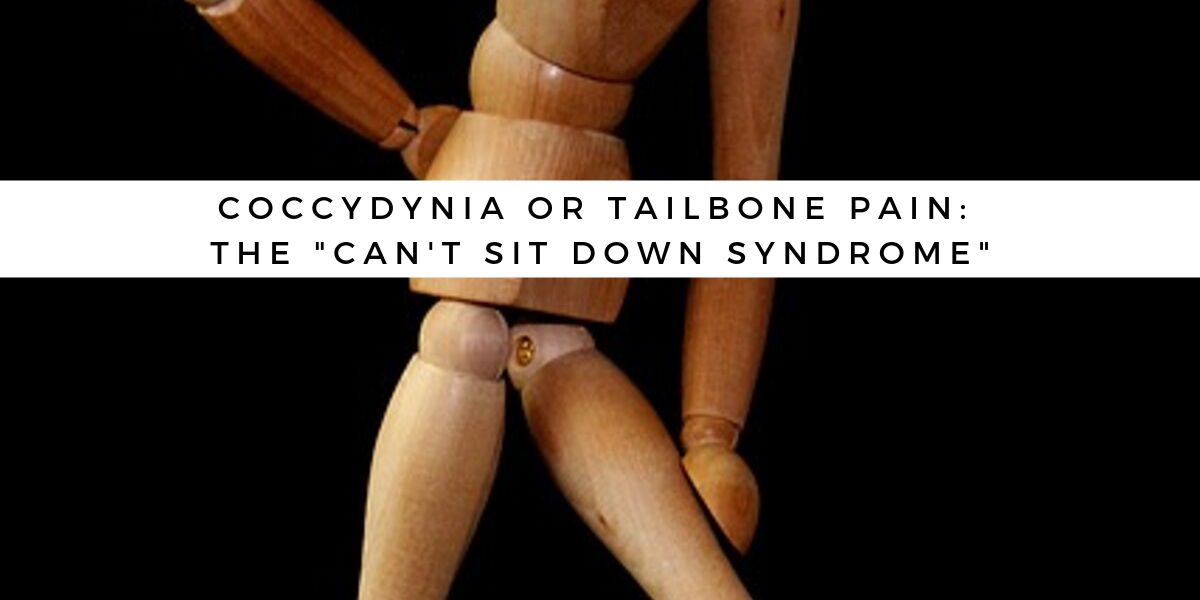Tailbone Pain (Coccydynia) and What Can Be Done About It
Can’t sit down without pain? When all you can feel when you sit is your tailbone, you’ve got coccydynia.
Coccydynia (also called coccygodynia) is pain felt in the area of the tailbone – that is, right where you sit! It is almost always due to a trauma: a fall on the bottom while ice skating, rollerblading or skiing, and childbirth being some of the most common traumatic incidents I see.
Coccydynia after childbirth is terribly difficult to deal with – not least because you are trying to focus on getting the feeding right, and if you can’t sit because of pain, this is almost impossible. Tailbone pain is more likely to occur with difficult deliveries, use of forceps, and use of the vacuum. Subluxation of the coccyx (i.e. the tailbone being moved out of position) can occur in childbirth or with a fall, but fracture is also possible (albeit rare).
So what can you do about coccydynia?
Well, the obvious thing (that you have figured out already!) is to get off it – to reduce the pressure as much as possible. Lying on your stomach is ideal. Sitting backwards on a chair (i.e. straddling the chair) and leaning forward into a pillow resting on the back of the chair can be a lifesaver. Doughnut cushions are controversial; I rarely recommend them, as in the postpartum period, they can increase the pooling of swelling at the perineum and make the whole area even more sore.
So how do you fix coccydynia?
To fix coccydynia the best form of treatment is manual therapy. Unfortunately, the best way of accessing the coccyx is via a rectal examination. This sounds awful, but most people I see with tailbone pain get over the potential embarrassment quickly because they are so keen to get rid of the pain. It is easy to gently mobilise the coccyx during a gentle rectal examination, and to treat the tailbone muscles, which are usually in spasm. Other joints and muscles in the pelvis usually need to be treated as well.
Most sufferers of this debilitating condition are very glad they go ahead and have this form of treatment. People often get 50-100% improvement within just one to two sessions. It even improves quickly with people who have suffered from tailbone pain for a long time. I frequently see women and men who have had the pain for ten years, who are so glad to know that something can be done.
Of course, it is important that you see a practitioner who is experienced in treating coccydynia this way. This will be some, but not all, pelvic floor physiotherapists.

